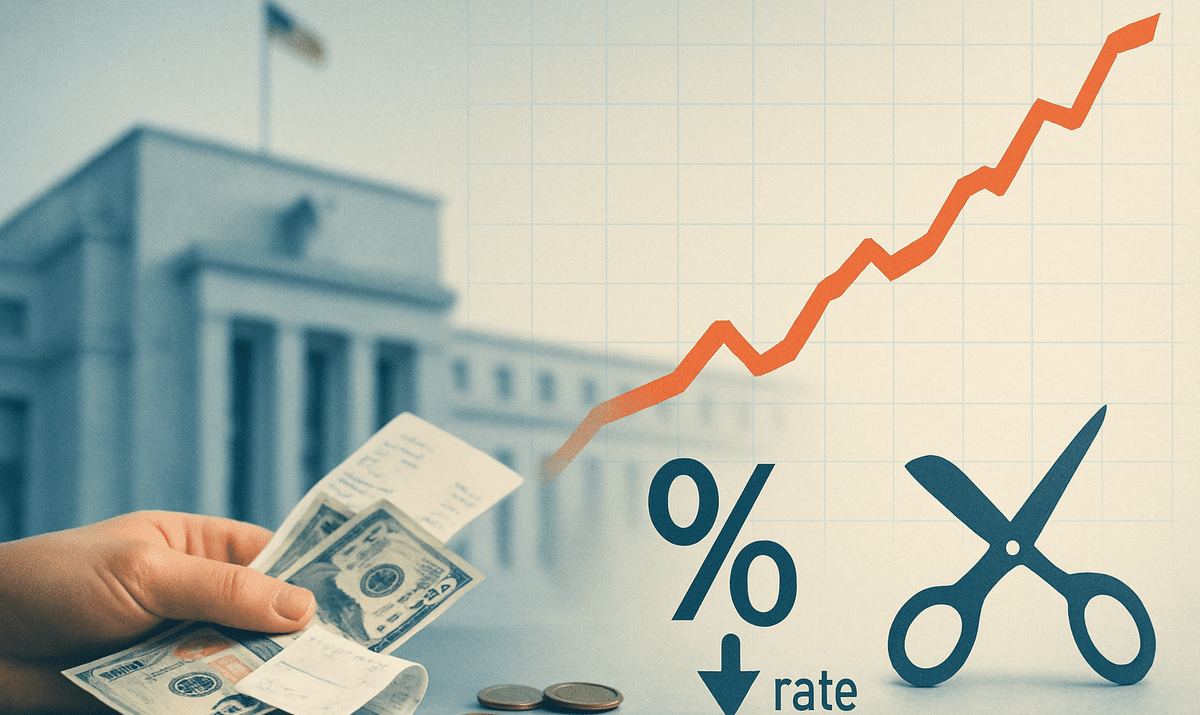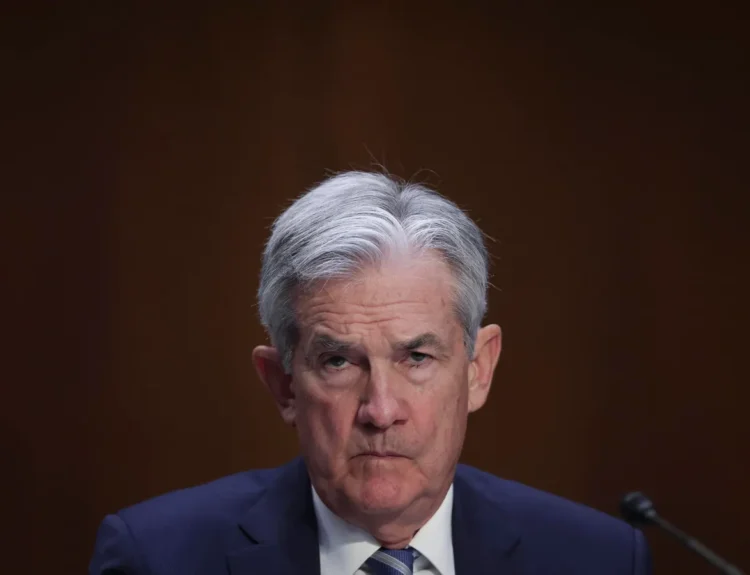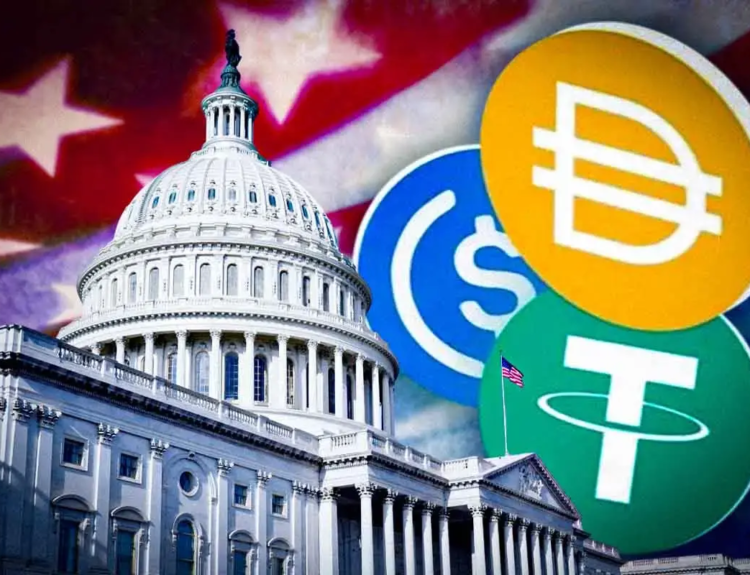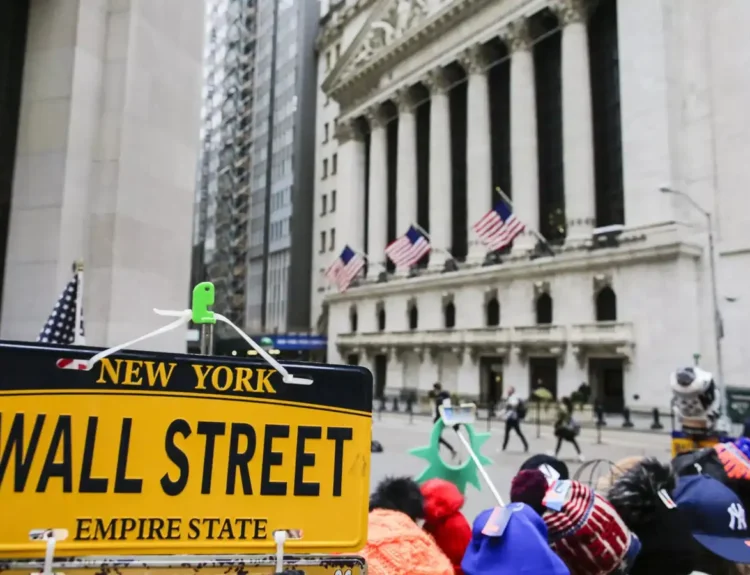A divided Fed is wrestling with how far—and how fast—to cut interest rates. Minutes from the Fed’s September meeting show deep disagreement among policymakers, with roughly half expecting two more rate cuts this year, while others warn inflation remains too stubborn to justify further easing.
Half the Fed Favors Two More Cuts in 2025
At the September 16–17 FOMC meeting, the Fed voted to trim its benchmark rate by 25 basis points, marking its first cut of 2025.
According to the meeting minutes released Wednesday, “most judged that it likely would be appropriate to ease policy further over the remainder of this year.”
That majority pointed to rising risks in the labor market and slowing job growth as reasons to shift policy closer to neutral. However, nearly as many participants pushed back, warning that inflation progress has stalled and that tariffs and supply pressures could reignite price growth.
“A few participants saw merit in holding rates unchanged,” the minutes noted, “given that progress on bringing down inflation had slowed and longer-term expectations could rise if inflation doesn’t return to target soon.”
The Miran Factor: A New Voice for Deeper Cuts
A key point of contention came from new Fed Governor Stephen Miran, who broke with consensus and advocated for a larger 50-basis-point cut.
Miran, a former White House economic adviser appointed earlier this year, argued that with unemployment risks rising and fiscal drag from tariffs increasing, the Fed should “front-load” easing to avoid a sharper slowdown.
His call contrasted with several officials who argued that “monetary policy may not be particularly restrictive”—a view suggesting rates don’t need to fall much further.
Inflation Anxiety Still Runs Deep
The minutes revealed a lingering hawkish undercurrent inside the Fed.
“A majority of participants emphasized upside risks to their outlooks for inflation,” citing higher import costs, strong wage growth, and uncertainty around Trump-era tariffs.
While some policymakers noted that upside risks to inflation have moderated slightly since early summer, others warned the 2% goal remains distant and could slip further away if rate cuts accelerate too quickly.
Chair Jerome Powell struck a cautious tone in his post-meeting press conference, saying policy remains “clearly restrictive” but stopped short of confirming more cuts.
Labor Market: Cooling, Not Crashing
Fed officials agreed the labor market had not yet shown a “sharp deterioration”, though hiring has slowed and both worker demand and supply appear to be easing.
That balance—between cooling job growth and sticky prices—is driving the Fed’s internal debate on how aggressively to support employment without reigniting inflation.
What’s Next
The median FOMC projection still calls for two more quarter-point cuts by year-end, but the vote split was almost even:
- 9 participants favored two more cuts,
- 9 preferred one or none,
- and one (Miran) pushed for a steeper path.
Markets are betting on another quarter-point cut at the October 28–29 meeting, though the path forward could be clouded by the ongoing government shutdown, which has delayed key data releases like September’s jobs and inflation reports.
The Fed’s latest minutes make one thing clear: policymakers are far from united. As one Wall Street strategist put it, “The Fed isn’t arguing about if to cut, but how much pain it can risk by waiting.”
With growth cooling, inflation still sticky, and the political climate heating up, the next few meetings could determine whether 2025 becomes a soft landing—or something rougher.
Disclosure: This article does not represent investment advice. The content and materials featured on this page are for educational purposes only.










